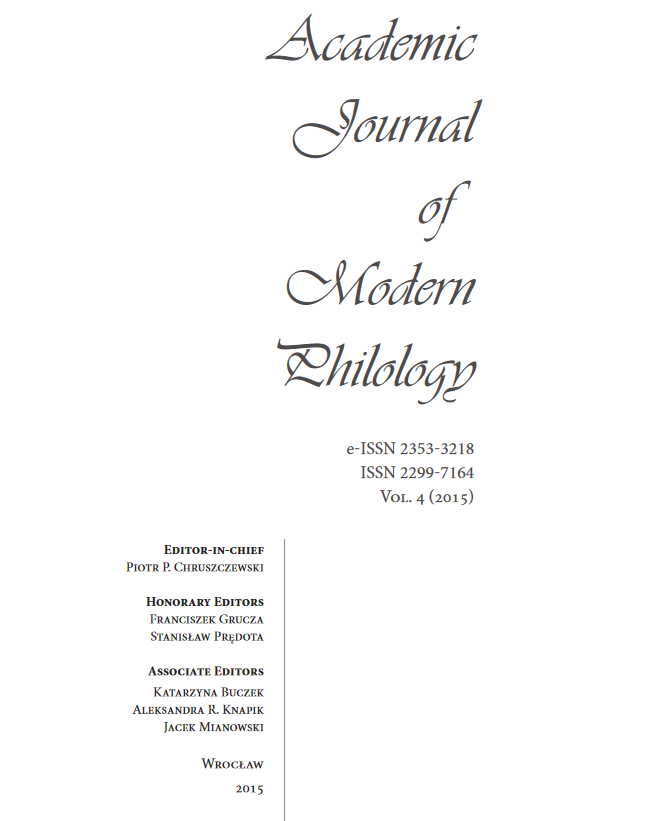The Transformation of Ugly into Beautiful in the Literature of Decadence
The Transformation of Ugly into Beautiful in the Literature of Decadence
Author(s): Anna FuchsSubject(s): Language and Literature Studies, Studies of Literature
Published by: Komisja Nauk Filologicznych Oddziału Polskiej Akademii Nauk we Wrocławiu
Keywords: Decadence; beauty; ugliness; Anti-classicism; Anti-naturalism; the power of art
Summary/Abstract: The transformation of ugly into beautiful is a feature of decadent literature. The embellishment of ugliness was important for the decadents to distinguish themselves from the followers of Classicism, who rejected the close representation of ugliness, from the naturalists who inserted ugliness in their works for the sake of a faithful representation of reality, and from such writers and theorists, who allowed the representation of ugliness only on condition that it turns the attention to its opposite, i.e. the beauty.The decadents, by inserting ugly subjects in their works, wanted to prove the power of art, which can embellish ugliness too. By their artistic solutions, the decadents showed that ugly subjects need not be banished from literature, because the form of a work is more interesting than the subject. Huysmans writes on his hero, Duke Des Esseintes: “only the work of his brain [the writer’s] insterested him, regardless of the subject” (2009: 244).The decadent embellishment of ugliness had influence on the later periods of literature too. Even if there are important differences between Decadence and Avant-garde, the concept that art can embellish ugliness was a prior condition of the birth of the historical Avant-garde trends.
Journal: Academic Journal of Modern Philology
- Issue Year: 2015
- Issue No: 4
- Page Range: 33-40
- Page Count: 8
- Language: English

